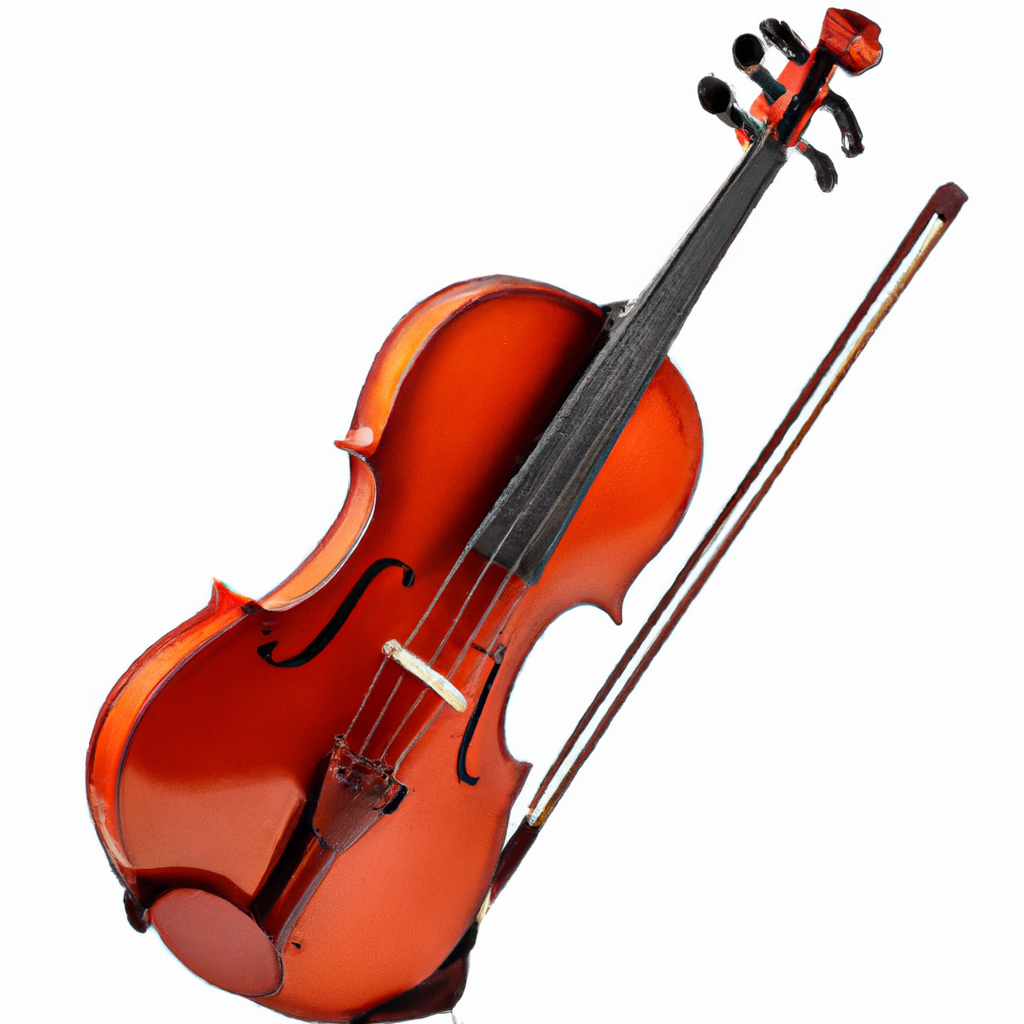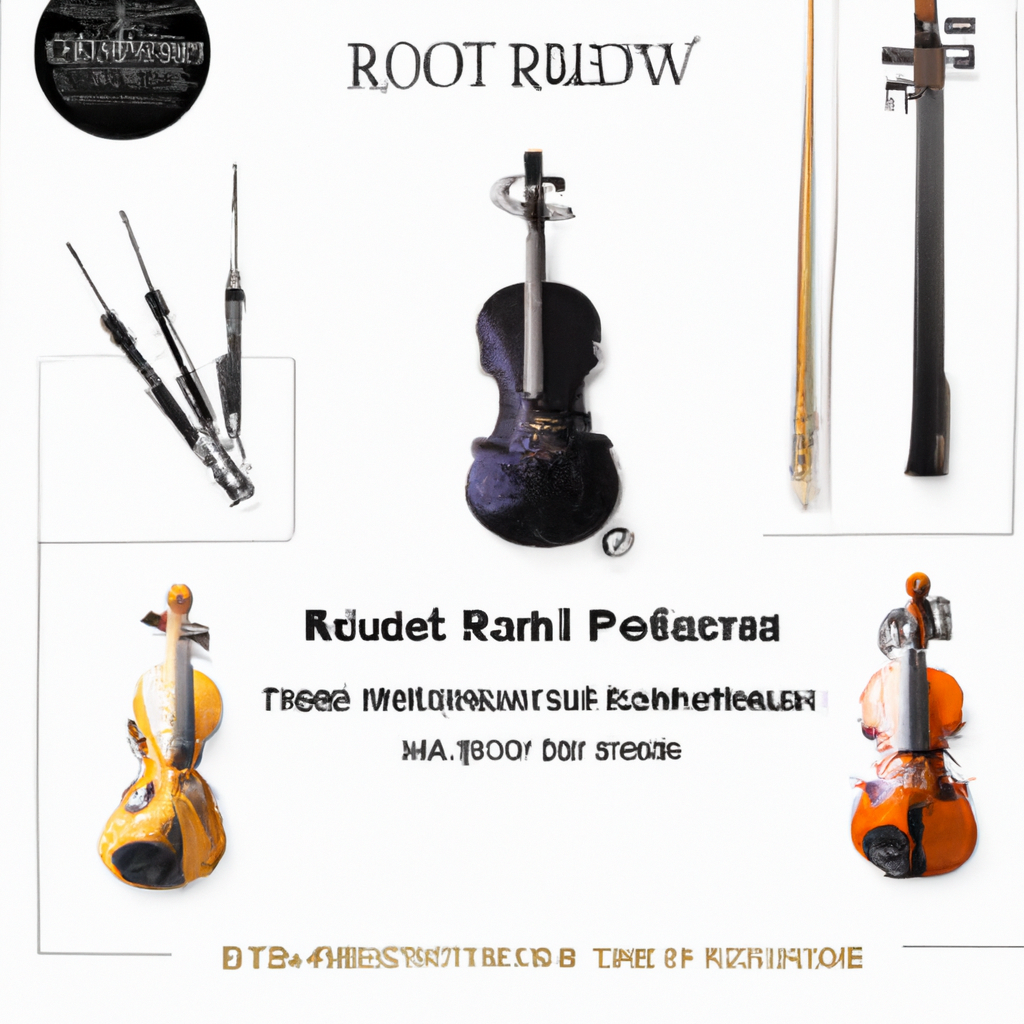
Learning to play the violin is a rewarding and enriching experience. Whether you aspire to become a professional violinist or simply want to play for your own enjoyment, this comprehensive guide will provide you with the essential knowledge and skills to get started. From understanding the parts of the violin to playing your first notes, this guide covers everything you need to know.

Before you can start playing the violin, it's important to familiarize yourself with its various parts. The violin consists of the body, neck, fingerboard, pegbox, scroll, and the four strings. Additionally, you will need to learn how to properly hold both the violin and the bow to create beautiful music.

When selecting a violin, there are several factors to consider. The size of the violin should be appropriate for your age and body size. It's also important to find a violin that produces a quality sound. This section provides tips and guidance on finding the right size and quality for your needs.

As a violin player, there are several essential accessories that you will need. These include a bow, rosin, and a shoulder rest. Each of these accessories plays a crucial role in enhancing your playing experience. This section will guide you on how to choose the right accessories for your violin.

Properly tuning your violin is crucial for producing accurate and beautiful music. This section explains the importance of tuning and provides different methods to tune your violin, including using a tuner or tuning by ear.
Reading sheet music is a fundamental skill for any musician, including violinists. This section introduces you to the basics of music notation, such as notes, rests, and key signatures. It also provides tips and techniques for reading sheet music specifically for the violin.
Proper finger placement on the violin strings is essential for playing accurate notes. This section guides you through the correct finger placement for each note on the violin. Additionally, it covers basic bowing techniques and exercises to help you develop a smooth and controlled bowing technique.
Excitement builds as you start playing your first notes on the violin. This section provides a step-by-step guide to producing your first sounds on the violin. It also highlights common mistakes to avoid during this initial phase of learning.
Once you have mastered the basics, it's time to explore more advanced techniques. This section introduces you to techniques such as vibrato and pizzicato. It provides exercises and tips to help you practice and improve these techniques.
Understanding and practicing scales is crucial for developing your skills as a violinist. This section emphasizes the importance of learning scales and provides guidance on how to practice and master different scales, including major and minor scales.
Playing songs is a fun and rewarding part of learning the violin. This section introduces you to playing simple songs on the violin, starting with easy beginner-friendly songs. It also provides suggestions for songs to practice as your skills progress.
An effective practice routine is essential for steady progress on the violin. This section offers tips and strategies for creating a practice routine that suits your goals and schedule. Additionally, it provides guidance on how to stay motivated and overcome challenges while learning the violin.
While self-learning is possible, taking violin lessons with a qualified instructor offers numerous benefits. This section highlights the advantages of having a violin teacher and provides tips for finding a qualified teacher in your area. It also discusses online resources and virtual lessons.
Here are answers to some commonly asked questions about learning to play the violin:
Learning to play the violin is a journey that requires dedication, patience, and consistent practice. With this comprehensive guide, you have all the necessary information to embark on your violin-playing adventure. Remember to enjoy the process and embrace the joy of making music with this beautiful instrument.
For more information on renting a violin for beginners, visit https://bannhacflamenco.net/cho-thue-ban-nhac/luom-lat-tin-do-day/.